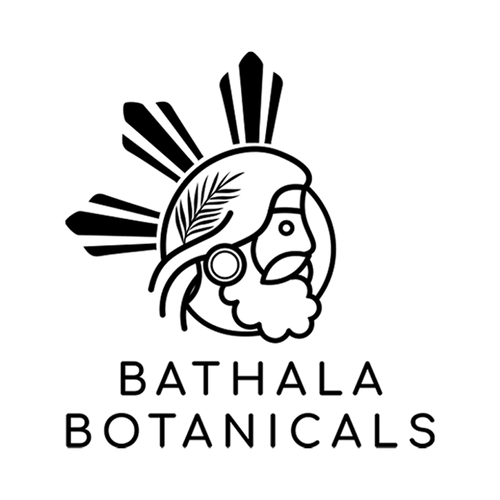When browsing the aisles of your local grocery store or scrolling through options on your favorite tea-selling website, you've likely come across the terms "herbal tea" and "tisane." Often used interchangeably, these two terms actually refer to distinctly different beverages. Let's delve into what sets them apart and why it matters for your tea-drinking experience.

What is Herbal Tea?
The term "herbal tea" is commonly used to describe any tea-like drink that does not come from the traditional tea bush, Camellia sinensis. These beverages are made from the infusion or decoction of herbs, spices, or other plant materials in hot water. They do not contain any actual tea leaves. Popular examples include chamomile, peppermint, and hibiscus teas.
What is a Tisane?
Tisane (pronounced tee-zahn) is a French term that is gaining popularity among purists and enthusiasts in the English-speaking world. It refers specifically to any infusion made from herbs, spices, flowers, or other plant material, excluding the leaves of the Camellia sinensis plant. Tisanes can be made with a single plant type or a blend of many ingredients to create unique flavors.

Key Differences Between Herbal Tea and Tisane
-
Terminology and Ingredients:
- Herbal Tea: Broadly encompasses all non-Camellia sinensis beverages but often includes plant materials like roots, bark, and seeds in addition to leaves.
- Tisane: Specifically excludes traditional tea leaves, focusing solely on other plant parts.
-
Preparation:
- Herbal Tea: Generally steeped in hot water, with the temperature and steeping times varying based on the ingredients' nature.
- Tisane: Preparation methods can include boiling, simmering, or steeping, depending on the desired extraction of flavors and medicinal qualities.
-
Cultural and Historical Context:
- Herbal Tea: Used globally, the term has a more casual and widespread usage in everyday language.
- Tisane: More common in European countries, it reflects a historical and cultural appreciation for herbal remedies and drinks.
Benefits of Drinking Herbal Teas and Tisanes
Both herbal teas and tisanes offer a range of health benefits, largely deriving from the properties of their ingredients. For instance, Tranquil Dream is renowned for its calming effects, making it a popular choice before bedtime. Peppermint can help with digestion, while hibiscus has been linked to lower blood pressure. Importantly, since they do not contain tea leaves, both are naturally caffeine-free, making them a great choice for those looking to reduce their caffeine intake.

How to Choose Between Them
Choosing between an herbal tea and a tisane often comes down to personal preference and the specific benefits or flavors you are seeking. If you're exploring herbal drinks for health reasons, research the properties of individual ingredients to find what will best suit your needs. For flavor, consider whether you prefer something floral, minty, spicy, or sweet and seek out blends that match your taste.
The Herbal Tisane Choice
Whether you opt for an herbal tea or a tisane, both offer delightful flavors and potential health benefits. Understanding the distinction can enhance your appreciation and help you make more informed choices about what you brew in your teapot.
Next time you're considering a warm, comforting beverage, remember that the world of herbal infusions is rich and varied. Explore beyond the usual and you might just find a new favorite.
